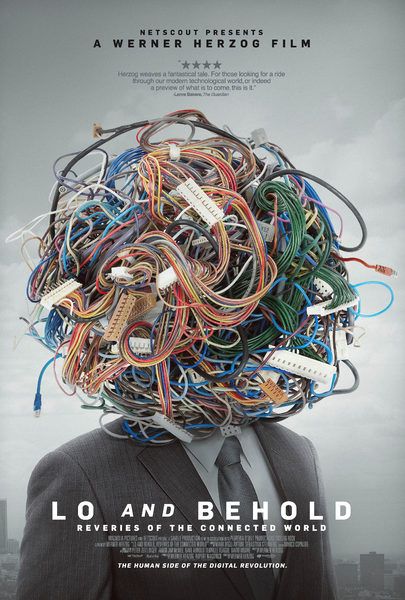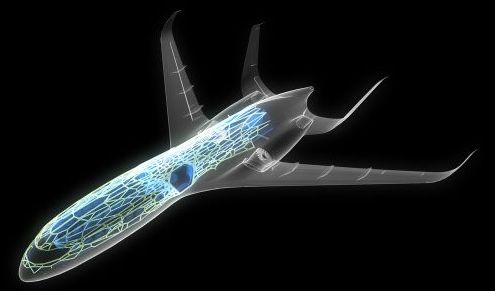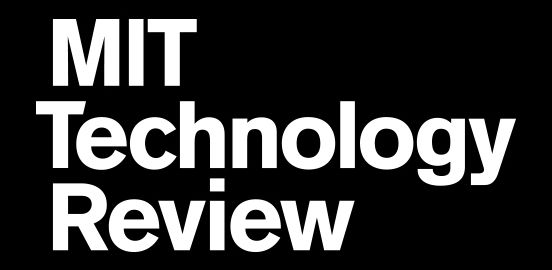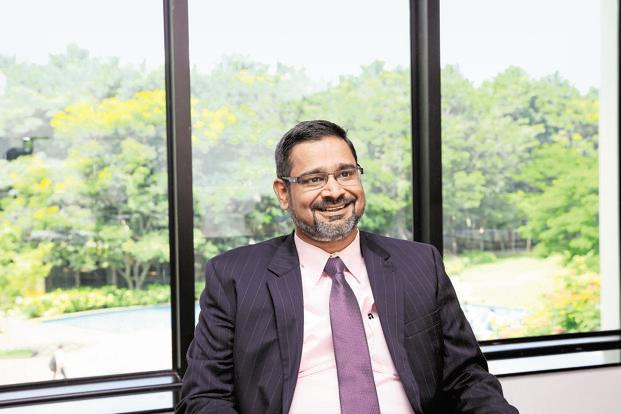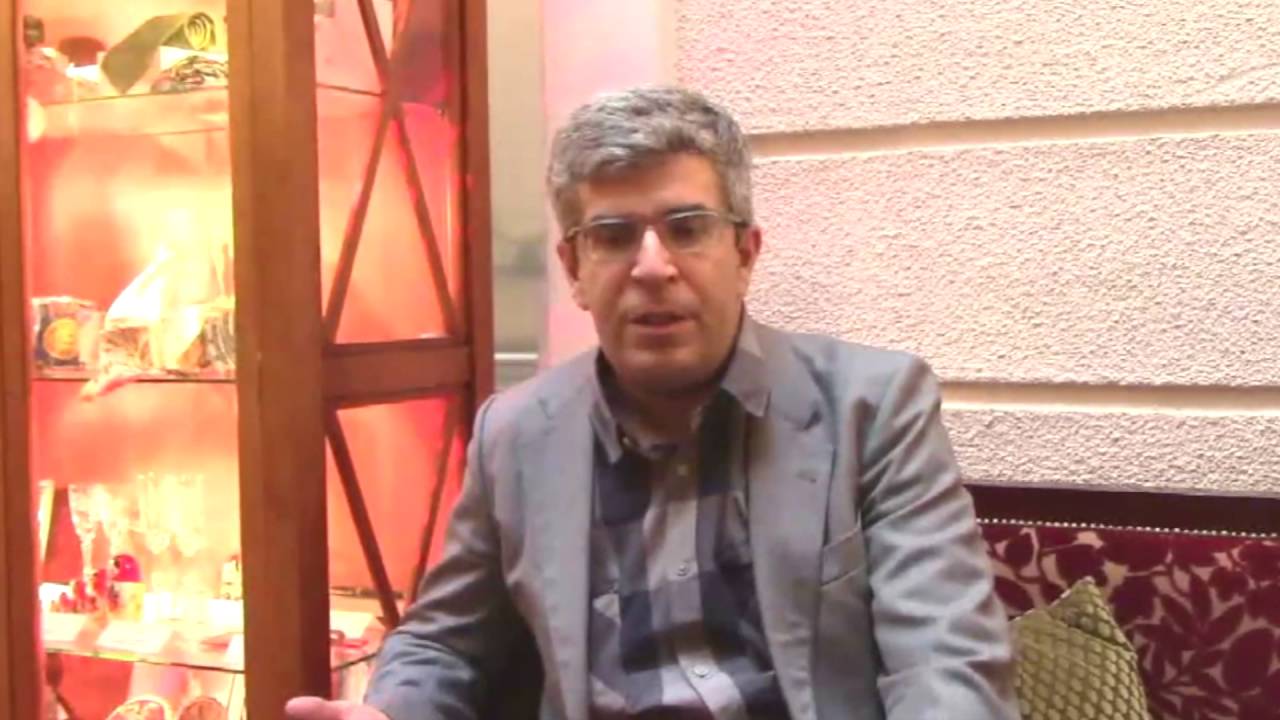Legendary master filmmaker Werner Herzog examines the past, present and constantly evolving future of the Internet in Lo and Behold: Reveries of the Connected World. Working with NETSCOUT, a world leader in-real time service assurance and cybersecurity, which came aboard as a producer and led him into a new world, Herzog conducted original interviews with cyberspace pioneers and prophets such as PayPal and Tesla co-founder Elon Musk, Internet protocol inventor Bob Kahn, and famed hacker Kevin Mitnick. These provocative conversatons reveal the ways in which the online world has transformed how virtually everything in the real world works, from business to education, space travel to healthcare, and the very heart of how we conduct our personal relationships.
The latest of the bionic leaf. A little over a year ago reseachers made an amazing discovery on cell circuitry leaves. Here is more news from Harvard on their research on bionic leaves.
Harvard scientists designed a new artificial photosynthesis system that turns sunlight into liquid fuel, and it is already effective enough for use in commercial applications.
Here’s an alternative source of energy many have never heard of— bionic leaves.
Scientists from Harvard University just made photosynthesis more efficient with what its creators are calling the “bionic leaf 2.0.” They’ve invented a new system that splits water molecules with solar energy and produces liquid fuels with hydrogen-eating bacteria.
Airbus introduces the aviation world to a mini-plane called THOR (Test of High-tech Objectives in Reality). It is the first aircraft to be produced using 3D printing technology.
Airbus, a leading aircraft manufacturer, has just unleashed THOR—Test of High-tech Objectives in Reality—a miniature aircraft constructed from 3D printing technology. The windowless, pilotless, and propeller-driven THOR weighs in at 21 kg, and measures less than 4 m long.
Though it is much smaller than a regular jet, THOR is capable of stable flight and even promises to save on time, fuel and money.
A Big Leap for an Artificial Leaf
Posted in energy
The fact that the speed of light in a vacuum is a constant is one of the cornerstones of physics, but scientists from the Philippines were able to add a twist to this tenet. And I mean it literally!
By changing how some light beams rotate, the researchers from the National Institute of Physics were able to slow down light in a vacuum. The physicists used circularly symmetric light beams, known as Laguerre-Gauss beams, to change the way light twists around itself. Suddenly, the light beams were propagating more slowly.
The speed of light varies when it moves through different materials, and it does so at the expense of accuracy in transmitting information. For this reason, more and more people are interested in ways of manipulating the speed of light without affecting accuracy.
Hmmmm.
Bengaluru: Wipro Ltd will use its artificial intelligence platform Holmes to automate several aspects of its so-called fixed-price projects, saving up to $46.5 million and freeing around 3,000 engineers from mundane software maintenance activities.
The move is part of Wipro’s larger plan to generate $60-$70 million in revenue by selling the platform to new and existing clients in the current financial year.
A Wipro spokesperson declined comment.
Starting today, it appears the US military will be testing a device or devices that will potentially jam GPS signals for six hours each day. We say “appears” because officially the tests were announced by the FAA but are centered near the US Navy’s largest installation in the Mojave Desert. And the Navy won’t tell us much about what’s going on.
The FAA issued an advisory warning pilots on Saturday that global positioning systems (GPS) could be unreliable during six different days this month, primarily in the Southwestern United States. On June 7, 9, 21, 23, 28, and 30th the GPS interference testing will be taking place between 9:30am and 3:30pm Pacific time. But if you’re on the ground, you probably won’t notice interference.
The testing will be centered on China Lake, California—home to the Navy’s 1.1 million acre Naval Air Weapons Center in the Mojave Desert. The potentially lost signals will stretch hundreds of miles in each direction and will affect various types of GPS, reaching the furthest at higher altitudes. But the jamming will only affect aircraft above 50 feet. As you can see from the FAA map below, the jamming will almost reach the California-Oregon border at 4o,000 feet above sea level and 505 nautical miles at its greatest range.
Crowdfunding Campaign: https://www.lifespan.io/campaigns/the-major-mouse-testing-program/
We are testing a combination of compounds which clear out dysfunctional cells in the body, called Senolytics, to see if we can extend maximum lifespan and healthspan in mice. Please subscribe, share, and fund our Lifespan.io campaign today!
MMTP — Major Mouse Testing Program.
http://majormouse.org
Is a project by the International Longevity Alliance.
